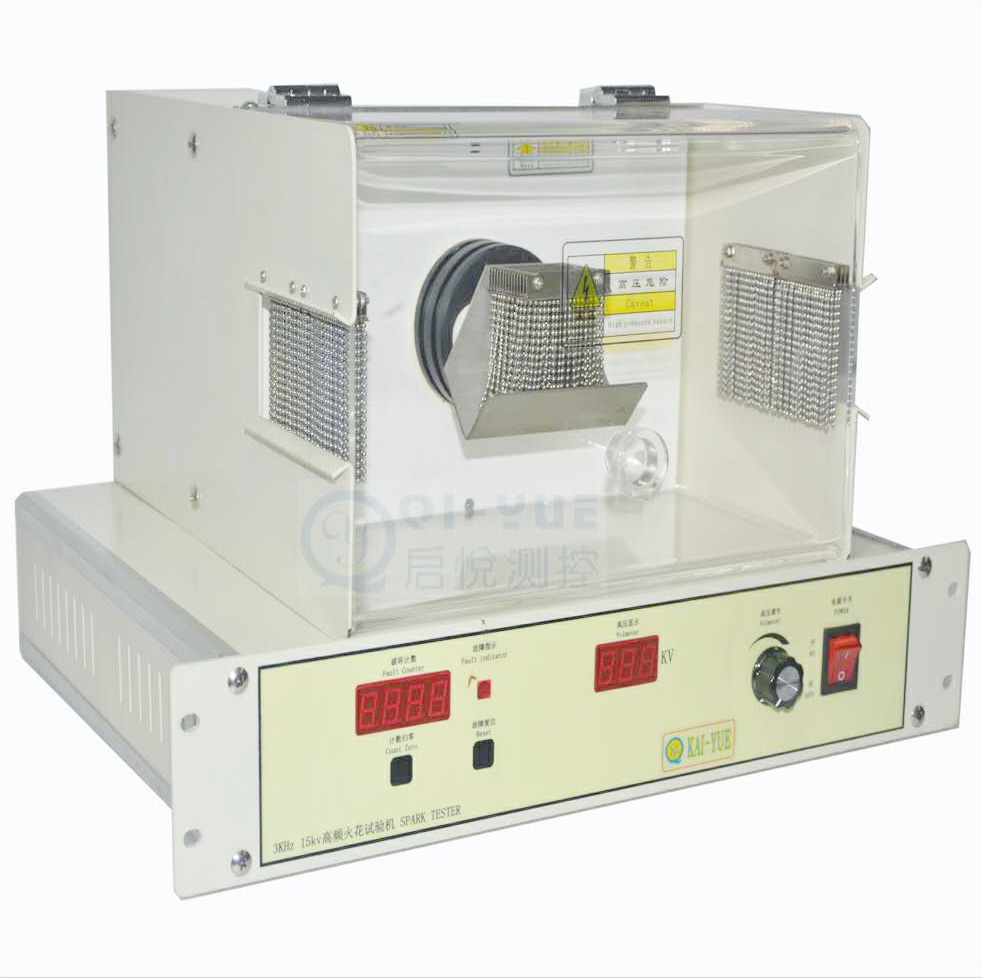measuring principle
At present, there are two non-contact measurement methods commonly used in China, one is based on the CCD device receiving optical signal, the other is laser scanning measurement method. The two methods have their own advantages and disadvantages. Let's take a look at their basic working principles.
The first measurement principle: CCD dimension measurement
CCD size measurement system is basically composed of CCD image sensor, optical system, microcomputer data acquisition and processing system. Let's first look at the basic principle of CCD measurement:
The basic principle of non-contact measurement with the parallel light method of linear array CCD: place the linear array CCD in the parallel light path, place the measured object in the front light path of CCD, and the light directed to CCD will be blocked by the object, so the output signal of CCD has a notch. Obviously, there is a one-to-one relationship between the width of the notch and the size of the object. Using digital circuit design and computer processing, we can easily get the number of CCD pixels corresponding to the notch, and then calculate the size of the object to be measured. But we can also easily find a problem: this measurement method requires that the length of CCD photosensitive area is larger than the size of the object to be measured, and large-scale CCD is particularly expensive, so we must use other methods to achieve light reception.
Basic principle of CCD size measurement
Obviously, the CCD receiving method has some unique advantages that the general mechanical, optical and electromagnetic measuring instruments can't compare, which is closely related to the CCD's own characteristics of self scanning, high resolution, high sensitivity, compact structure and accurate position. The key technology is the design of optical system and the collection and processing of CCD output video signal, but there are also many common problems. Such as complex structure and high cost. Let's take a look at the disadvantages of CCD measurement method:
(1) with the method of CCD receiving and then converting to digital signal, the accuracy of measurement is limited by the size of CCD pixel! We know that no matter which part of CCD pixel receives light, the received light signal will be converted into electrical signal, which restricts the measurement accuracy of CCD measurement method. Of course, we can also use the smallest CCD pixel to minimize the measurement error. But we also know that the smaller the pixel of CCD, the higher the cost of CCD, which is a spear that can not be avoided.
(2) at the same time, as we know, the photosensitive area of CCD is generally 28mm, which directly limits the size of the object to be measured and the model of the system.
(3) diffraction, we know that diffraction is an unavoidable problem in precise measurement. But here our CCD pixels are not continuous, they are closely arranged with each other, and the propagation of light caused by diffraction is not straight line, so the result is very easy to appear big error.
The second measurement principle: laser scanning measurement
The laser scanning caliper system uses the laser beam to pass through the polyhedron scanning rotating mirror and scanning optical system to form a continuous high-speed scanning beam which is parallel to the optical axis. The workpiece placed in the measuring area is scanned at high speed and received by the photoelectric receiver placed opposite the workpiece. The light cast on the photoelectric receiver is blocked when the beam scans the workpiece. Therefore, by analyzing the output signal of the photoelectric receiver, the data related to the diameter of the workpiece can be obtained. In order to ensure the high accuracy and reliability of measurement, the optical scanning metering system must meet the following three basic requirements:
(1) the laser beam shall irradiate the measured object surface vertically;
(2) the beam must scan the surface of the object in a uniform straight line.
(3) the scanning time must be measured accurately.
In reality, the scanning speed is not constant, but changes with the change of the angular displacement of the scanning rotating mirror, which will produce the principle error.
To sum up, we can see that this method of measuring with CCD has its advantages, but at the same time, it also has its own shortcomings that can not be overcome. If we look at the method of measuring diameter by laser scanning, although there will be principle errors such as the scanning speed is not uniform, we can use different algorithms to reduce these errors.






